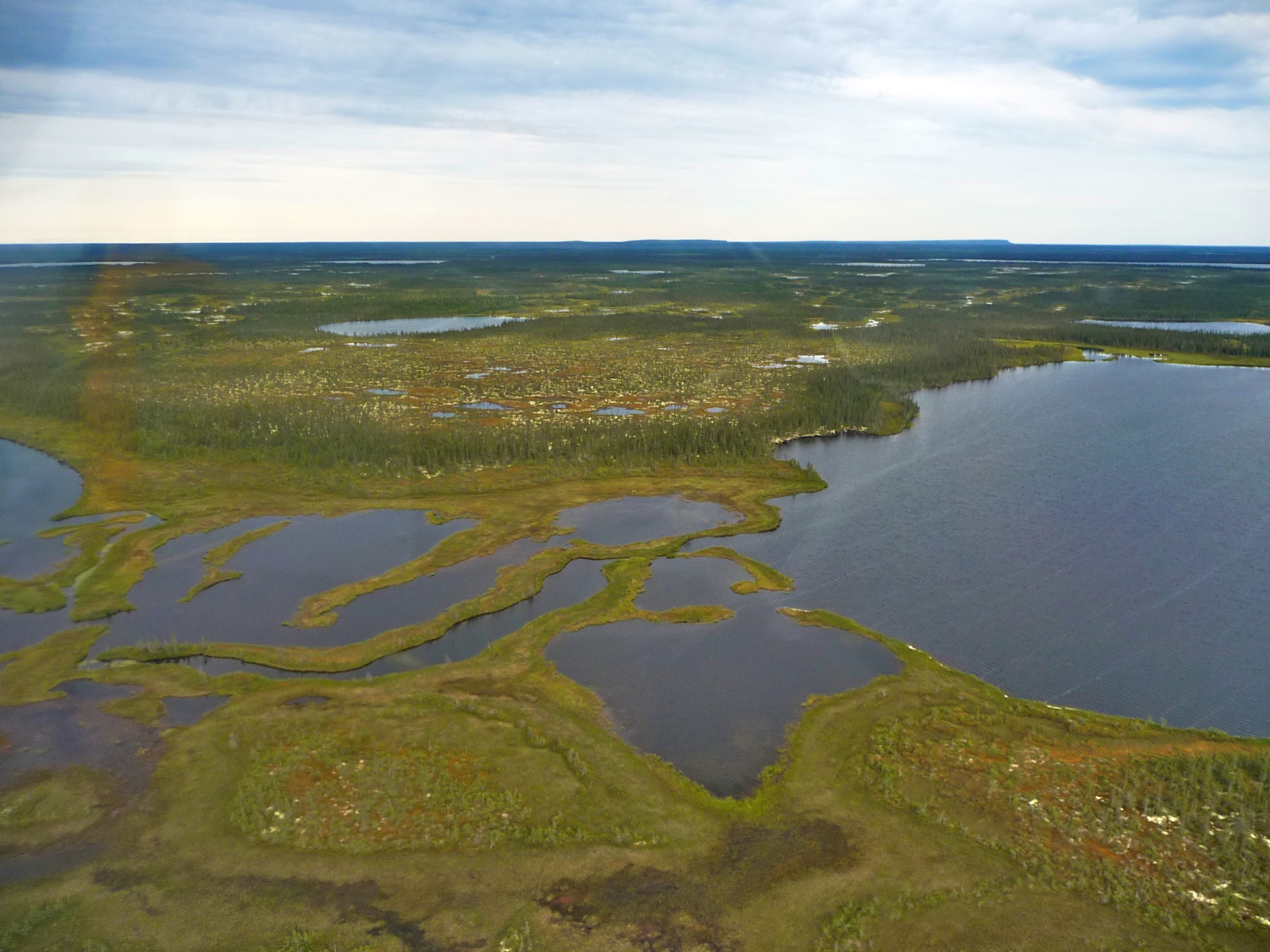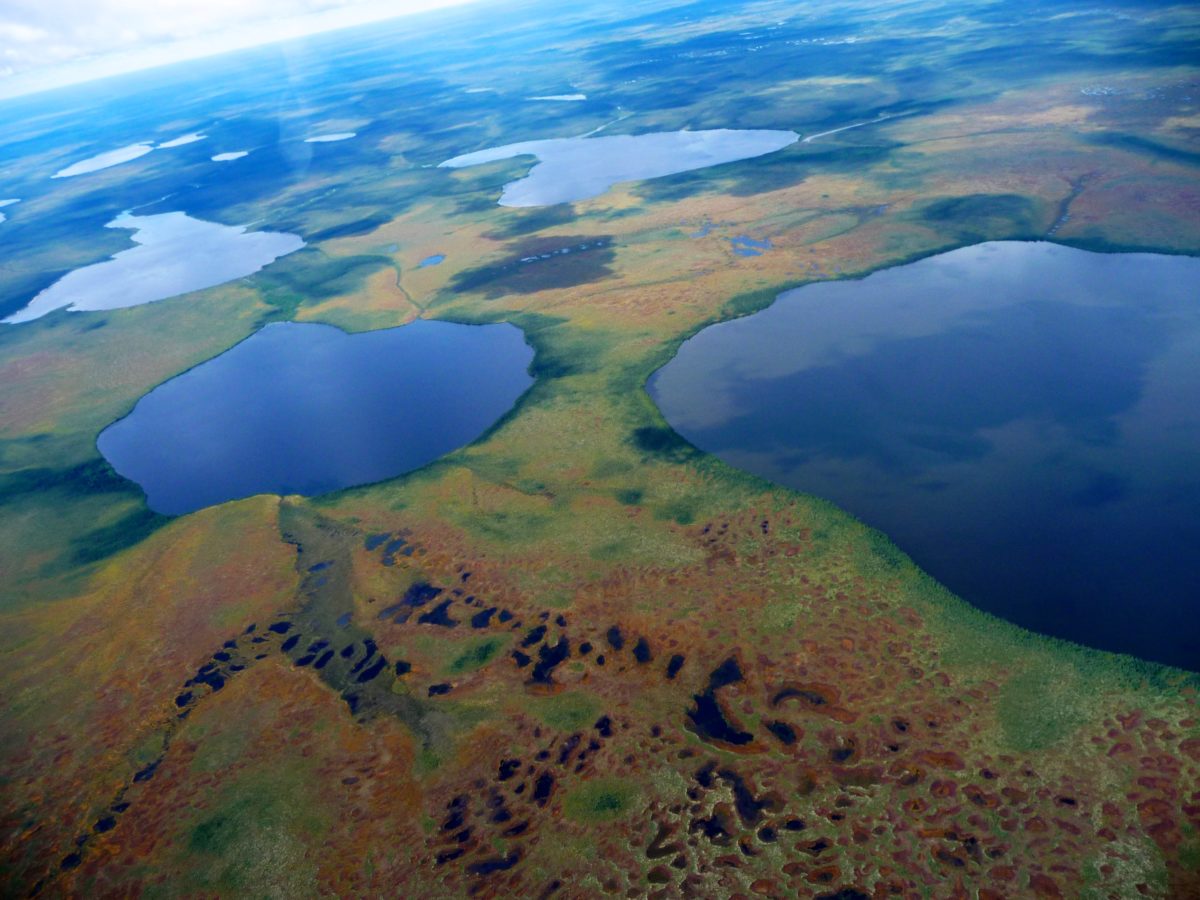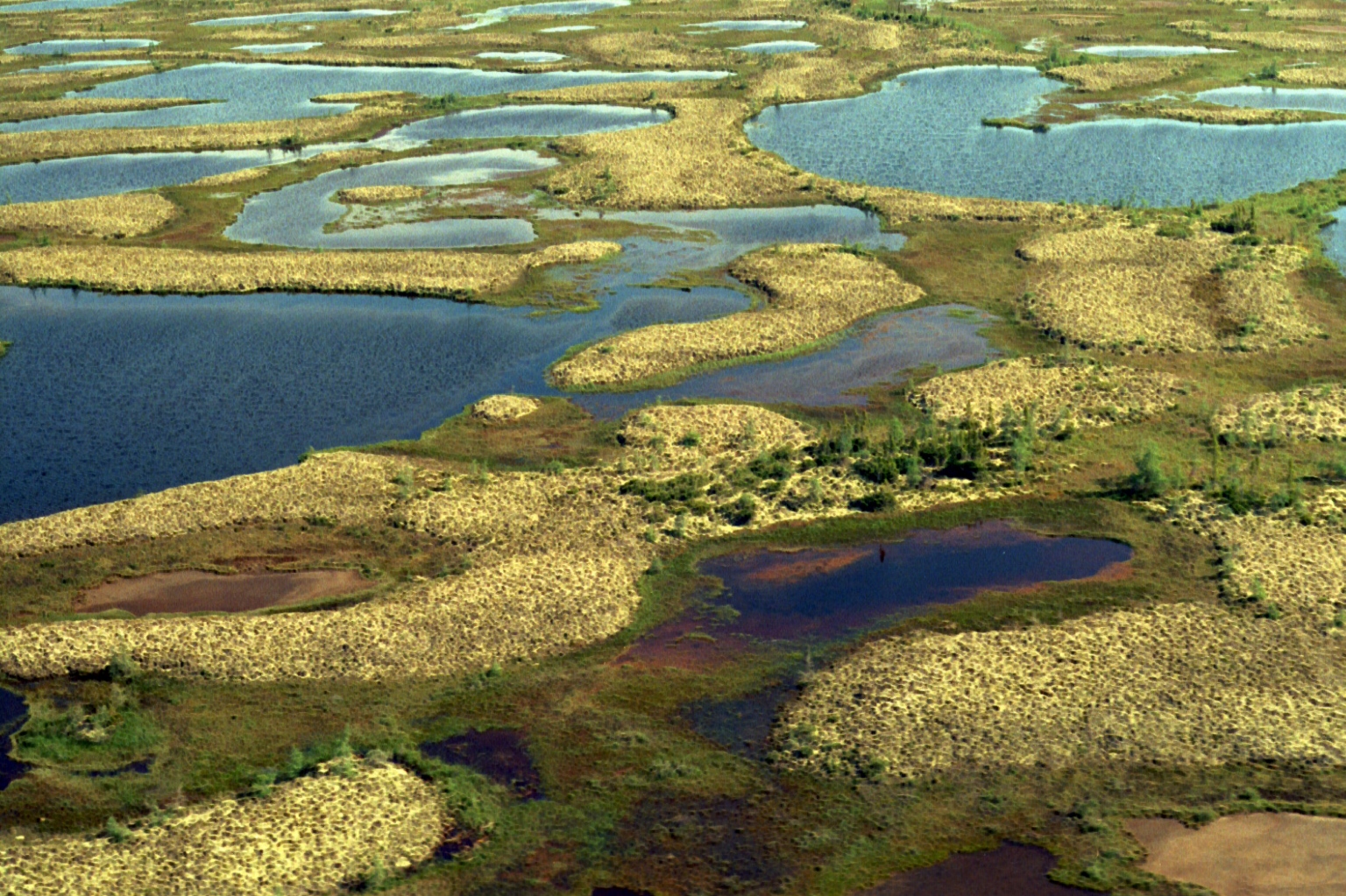Peatlands are a type of wetland found in almost every country in the world. They cover 13 per cent of Canada’s surface, and currently store approximately 147 billion tonnes of carbon.
Their name comes from the accumulation and burial of “peat” soil — organic plant material that is only partially decayed due to the waterlogged conditions. In northern Canada, one square metre of peatland contains about five times as much carbon as an equivalent area of Amazon rainforest.
But to reap the climate benefits of the Hudson Bay James Bay Lowlands, we must keep these ecosystems intact. So, we need to understand, in greater detail, just how much carbon is stored in these peatlands, and what will happen if they are disturbed.




